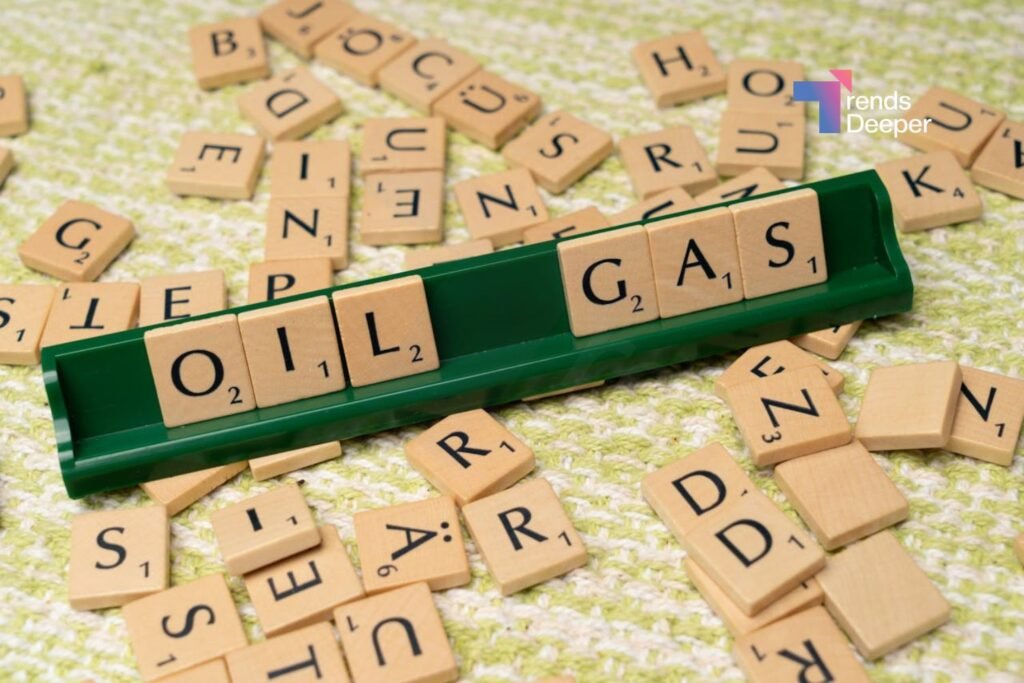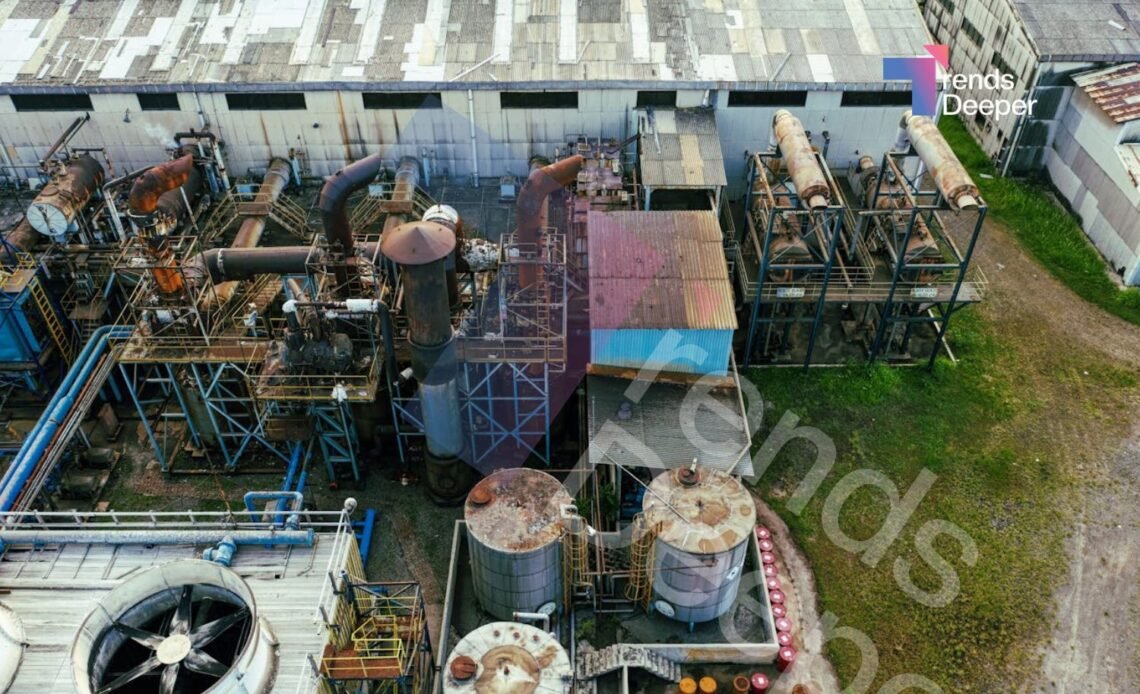Deep in the industrial corners of modern society, beyond the glamorous offices of tech giants and towering glass skyscrapers, lies a world where the stakes are constantly high. The air is heavy with responsibility, the hum of machinery is omnipresent, and every safety precaution is a silent prayer that today will be just another ordinary day.
These spaces are the unseen backbone of industries dealing with hazardous materials—spaces known as C1D1.
What Exactly Are C1D1 Spaces?
C1D1, or Class 1, Division 1, refers to spaces where dangerous, flammable gases, vapors, or liquids are present under normal operational conditions. These spaces are common in industries like oil and gas, chemical processing, and even cannabis extraction, where volatile compounds are handled regularly. What makes these spaces unique is not just the presence of danger but the constant potential for explosions or fires.

Think of it as walking into a room where the air itself could ignite under the right conditions. The comparison may seem dramatic, but it accurately reflects the level of risk these environments face every day.
A Historical Comparison: Lessons from Industrial Tragedies
History has shown us, time and again, the consequences of inadequate safety measures in high-risk environments. The Texas City disaster of 1947, for instance, resulted in catastrophic explosions due to mishandling of hazardous materials. These events serve as cautionary tales, emphasizing the need for meticulous safety protocols. In the modern era, C1D1 spaces have become a symbol of the industry’s commitment to preventing such tragedies from repeating themselves.
While we have made significant advancements in safety technologies, the underlying lesson remains: complacency is the enemy of safety.
Safety Features Required for C1D1 Spaces
Ensuring the safety of C1D1 spaces is an intricate dance between engineering, technology, and regulations. Every aspect of the space is carefully designed to minimize risk, from ventilation to fire suppression systems.
- Explosion-Proof Equipment: Standard machinery and tools aren’t enough. Equipment in C1D1 spaces needs to be specifically designed to prevent sparks or flames from igniting hazardous materials. This includes everything from lights to HVAC systems.
- Fire Suppression Systems: Fire suppression isn’t just about having sprinklers in place. In C1D1 spaces, systems must be tailored to handle specific flammable substances, ensuring a fire is contained before it spreads.
- Gas Detection Systems: Early detection is crucial. Advanced sensors continuously monitor the air for harmful gases, ready to trigger alarms or shut down operations if levels become unsafe.
- Ventilation Systems: Proper airflow ensures that any released gases don’t accumulate to dangerous levels. These systems work around the clock to keep the air moving and safe.
Every system works in tandem, like a well-choreographed ballet, each move critical to the safety of the space and its workers.
Do C1D1 Spaces require Static Dissipative Flooring
While the air is full of danger, the floor beneath your feet may seem like an afterthought. However, the choice of flooring in C1D1 spaces is a vital component of safety. Static electricity, a seemingly harmless spark in everyday life, can be deadly in these environments.
To combat this, C1D1 spaces often utilize static dissipative flooring, designed to reduce the risk of static buildup. This type of flooring allows for safe discharge of any accumulated electricity, minimizing the risk of sparks igniting flammable materials. The material is durable and resistant to chemicals, ensuring longevity in even the harshest industrial conditions.

Beyond static control, the flooring must be chemical resistant and easy to clean. In environments where spills are common, maintaining cleanliness is not just a matter of hygiene but of life and death. Proper maintenance ensures that hazardous materials don’t linger on the floor, where they could pose further risks.
Looking Forward: The Importance of Constant Vigilance
In a world where technology drives rapid innovation, the safety of C1D1 spaces cannot be left behind. As industries evolve, so too must the systems and protocols that protect workers in these high-risk environments. Each alarm, each spark-proof switch, each carefully placed panel of static-resistant flooring is a testament to humanity’s ongoing battle against the dangers posed by volatile materials.
But as much as C1D1 spaces are a triumph of modern engineering, they are also a reminder. A reminder that safety is not a one-time investment, but a continuous process of learning, adapting, and improving. For every moment we relax, we invite disaster to the door.
In the end, the true legacy of C1D1 spaces lies not in the machinery or technology but in the vigilance of those who work within them. Safety, like anything precious, must be protected, guarded by the hands of those who understand its worth.


